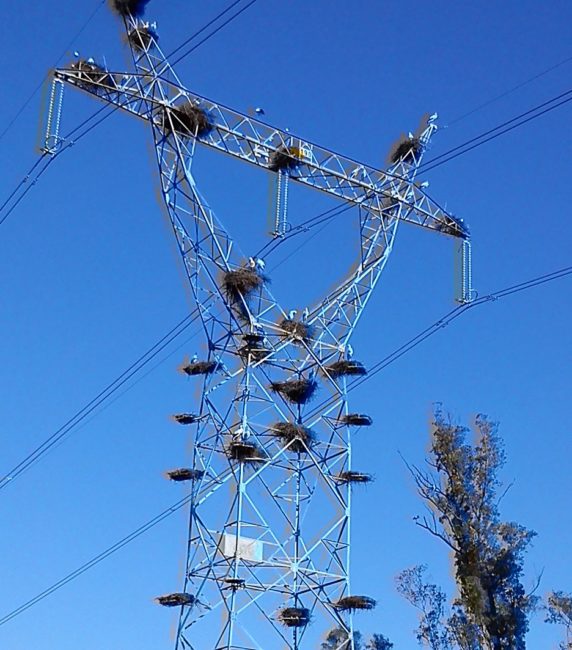“The FDA definition of centralized monitoring states that it: “Consists of a remote evaluation performed by sponsor personnel or representatives (e.g., clinical monitors, data management personnel, or statisticians) at a location other than the sites where the clinical investigation is being conducted.”
Centralized Monitoring is also known as risk-based monitoring or remote monitoring.
Table of Contents
Centralized Monitoring
Monitoring is defined as the act of overseeing the progress of a clinical trial, and of ensuring that it is conducted, recorded, and reported in accordance with the protocol, SOPs, The Principles of GCP, and the Medicines for Human Use (Clinical Trails) Regulations – where applicable.
Centralized Monitoring is one of the critical components of modern Risk-based Quality Management (RBQM) strategies in clinical research.
Centralized monitoring has been acknowledged as the most appropriate and cost-effective approach for achieving higher data quality levels and enhanced patient safety oversight by key European and American regulatory agencies; FDA, EMA, and MHRA.
The key benefits of centralized monitoring:
- Helps in early identification and mitigation of data quality risk/issue(s) which may compromise validity of study results.
- Supports in better monitoring of patient safety and helps in enhancing subject protection.
- Increases effectiveness of CRAs and helps utilization of their time very efficiently and objectively during on-site monitoring.
- Keeps track of sites’ performances to help plan on-site monitoring visits.
- Optimizes on-site monitoring visits, thereby reducing related costs.
- Creates overall efficiencies in clinical trial operations.
Effective process restructuring and cross-functional alignment of resources must be in place to initiate productive unified control activities, and the necessary technologies must be in place.

Image Source: Cyntegrity.com
Centralized Monitoring Implementation
The key steps involved in centralized monitoring implementation are as follows:
• Determining and identifying key risks and their thresholds
• Design of an extensive monitoring plan and relevant documentation
• Continuous monitoring of risks or problems using the right technology
• Corrective planning of actions to manage / mitigate identified risks / issues
There needs to be a well-thought-out, comprehensive monitoring plan in place for efficient and effective centralized implementation of monitoring. One that explains in detail what aspects of data monitoring with centralized monitoring would be achieved.
- The strategy will detail the site contact procedure and timings, or on-site inspection visits based on established critical issues. The specific risk factors, thresholds, and success measures should be defined up front in the plan and monitored and recorded during the process.
- The regulators require a systematic approach in order to identify and justify the key risk indicators.
- frequency and extent of centralized monitoring activities
- provides a elegant template to report findings
- lists the team members involved and their roles and responsibilities
- Communication and co-ordination between the centralized monitoring team and the different stake-holders for issue escalation & resolution and any specific training requirements for a centralized monitoring team.
- The monitoring plan should have provision in order to make amendments based on new risks recognized related to data, procedures, sites or overall operations.
Role of a Central Monitor
It is important to ensure that we have the right skills and qualified people in place to drive the process, as it is a newer approach.
The central monitors would spend a significant amount of time remotely tracking the data and reviewing reports, recognizing the risk / problems.
They should have previous monitoring experience, and good knowledge of data management activities.
Also have should have strong communication, teamwork, analytical skills and use critical thinking to recognize patterns and outliers, especially those risks associated with data quality or patient health.
Technology Requirements
Since centralized control involves remote data processing, robust and cutting-edge technology can only be used.
Considering that data is collected in separate, distinct ways, the right technology must be in place that can combine the various data sources and manage large volumes of data.
The technology should be user-friendly and capable of recognizing trends, patterns and outliers, as well as assessing the output of data at the level of study or program, site or region.
From the perspective of reporting and visualization, the technology requires the ability to review and evaluate the data, and provide graphical and visual representations that can easily identify risks or problems.
As the industry is moving towards newer monitoring approaches, the market has seen the advent of the number of collaborative, analytic clinical tools in order to support remote tracking of risks or issues related to the clinical trial operations or data quality.
On the other hand, whichever system is used, the technology should have undergone a strong system validation process to ensure compliance with regulatory requirements, that the technology consistently meets its specification, and is consequently suitable for its intended purpose.
Many organizations create and standardize their centralized monitoring process. Assessing its integration with main current processes such as data collection, washing, and monitoring.
Centralized control is an efficient method with the required program, procedure and qualified personnel to ensure the plan is implemented properly, resulting in effective patient treatment and accurate research outcomes, while also reducing the expense of clinical trials.
Monitoring metrics related to efficiency, safety, timelines and budget using a centralized monitoring approach can help explain the advantages and opportunities of centralized monitoring and offer industry more insight in improving processes, tools, and technology to ensure better performance.”
http://www.appliedclinicaltrialsonline.com/centralized-monitoring-smart-reliable-approach
http://www.appliedclinicaltrialsonline.com/basics-clinical-trial-centralized-monitoring
https://www.imarcresearch.com/hs-fs/hub/149400/file-18013506-pdf/docs/onsite_monitoring2.pdf


